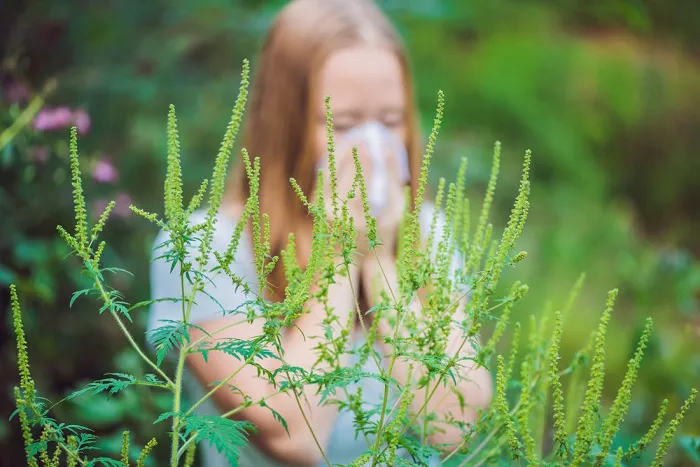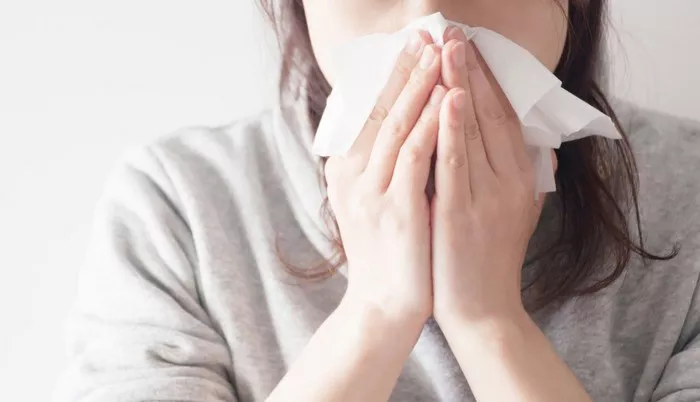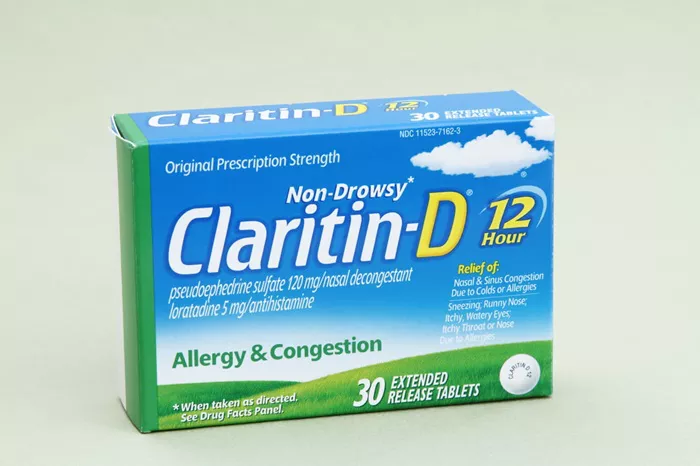Autumn allergies in dogs are a common concern for pet owners as the weather changes. Just as humans experience seasonal allergies during the fall months, dogs can also develop allergic reactions to various environmental triggers. The transition from summer to autumn brings about different allergens that may affect a dog’s health, leading to discomfort and health issues. Understanding the causes of autumn allergies in dogs is crucial for early diagnosis, prevention, and effective management. While allergies are a year-round issue for some dogs, autumn introduces unique environmental factors that can exacerbate symptoms.
The cooler weather, falling leaves, and increased humidity create a perfect storm for the growth of allergens like mold, pollen, and dust mites. Additionally, fleas tend to be more active during the autumn months, making flea allergy dermatitis a common problem. This article will explore the main causes of autumn allergies in dogs, highlight the symptoms, and provide guidance on how to manage and prevent these allergies. It will also discuss how pet owners can help their dogs stay comfortable during the fall season.
Common Autumn Allergens in Dogs
Autumn brings with it several allergens that are particularly troublesome for dogs. These include pollen from weeds, mold spores, dust mites, and fleas. The change in season creates a mix of environmental conditions that make allergens more prevalent. Each of these allergens can cause different symptoms in dogs, such as itching, sneezing, and skin rashes. Understanding the sources of these allergens and how they affect your dog will help you better manage their health during this time of year.
Pollen
While pollen is often associated with spring, it remains a problem for dogs during autumn, especially from late summer to early fall. Ragweed, one of the most common sources of pollen, is particularly prevalent in the fall. Ragweed can produce up to one billion pollen grains, which are easily carried by the wind and can travel for miles. This pollen can land on a dog’s coat and cause skin irritation or be inhaled, leading to respiratory issues such as coughing or sneezing.
In addition to ragweed, other plants such as pigweed, sagebrush, and pigweed also release pollen in the fall. Dogs with pollen allergies may show signs of discomfort, such as excessive licking or scratching. The severity of symptoms can vary based on how sensitive the dog is to the pollen and how much time they spend outdoors. Keeping dogs indoors during high pollen days and wiping them down after walks can help reduce exposure.
Mold Spores
Mold is another significant allergen during the autumn months. As leaves fall from trees, they decompose on the ground, creating an environment in which mold thrives. Mold spores can become airborne and settle on your dog’s fur, causing an allergic reaction. These spores can be inhaled or come into contact with the skin, leading to symptoms such as sneezing, coughing, watery eyes, and skin irritation.
Mold tends to flourish in areas with high humidity, such as fallen leaves, compost piles, or damp areas inside the home. In some cases, mold can also grow in moist areas of the home, such as bathrooms or basements, exacerbating the dog’s symptoms. If your dog has a history of mold allergies, it’s important to monitor them closely during the fall and take steps to minimize exposure. This may include cleaning the yard regularly, removing fallen leaves, and using dehumidifiers indoors to control moisture levels.
Fleas and Dust Mites
In addition to outdoor allergens like pollen and mold, fleas and dust mites can also trigger allergic reactions in dogs. Fleas are particularly active during autumn as the weather cools and they seek warmth and shelter. Dust mites, which thrive in the warm, dry indoor environment, also become more of a problem when the weather turns cooler, and homes are sealed up for the season.
Fleas
Fleas are a common cause of allergies in dogs year-round, but during autumn, flea populations tend to peak. Fleas cause itching and discomfort when they bite a dog and inject saliva into the skin. This saliva can cause an allergic reaction in sensitive dogs, known as flea allergy dermatitis (FAD). Flea bites lead to intense itching, hair loss, and skin infections, making the dog uncomfortable and potentially causing secondary health issues if left untreated.
Preventing fleas is essential, especially during the fall when fleas are most active. Topical flea treatments, flea collars, or oral medications can be used to control flea populations. Regular grooming and frequent baths can also help reduce flea infestations by removing fleas and eggs from the dog’s coat. Additionally, vacuuming the home regularly and washing the dog’s bedding can help minimize flea exposure.
Dust Mites
Dust mites are microscopic creatures that thrive in indoor environments, particularly when the air is warm and dry. As autumn sets in, many people close windows and start using heating systems, which can create a perfect environment for dust mites. These mites feed on dead skin cells and are found in areas like carpets, bedding, and upholstered furniture. When a dog comes into contact with dust mites or inhales their allergens, they can develop symptoms such as sneezing, itching, and watery eyes.
Managing dust mite allergies involves regular cleaning and reducing the amount of dust in your home. Using allergen-proof covers on pillows and mattresses, washing bedding frequently, and vacuuming with a HEPA filter can help reduce dust mite populations. If your dog is particularly sensitive to dust mites, keeping them in areas with less dust or using air purifiers in the home may help reduce symptoms.
Symptoms of Autumn Allergies in Dogs
Recognizing the symptoms of autumn allergies in dogs is essential for early treatment and relief. Allergies can manifest in various ways, and the symptoms may differ depending on the allergen causing the reaction. Common symptoms of autumn allergies in dogs include:
Itching and Scratching: Dogs with allergies often experience itchy skin, which leads to constant scratching, licking, or biting at their skin. This can result in hair loss, sores, and infections.
Sneezing and Coughing: Pollen, mold spores, and dust mites can irritate the respiratory system, causing dogs to sneeze or cough. If the allergies affect the lungs, the dog may develop wheezing or difficulty breathing.
Red, Watery Eyes: Dogs with allergies may have red, inflamed eyes or excessive tearing. They may also paw at their eyes or squint due to irritation.
Ear Infections: Dogs with allergies are more prone to developing ear infections, especially when they scratch their ears constantly. Infected ears may produce discharge, an unpleasant odor, and cause discomfort.
Digestive Issues: Although less common, some dogs may experience gastrointestinal symptoms such as vomiting or diarrhea due to allergies. This is often linked to food allergies, but can also occur when environmental allergens cause a systemic reaction.
Managing Autumn Allergies in Dogs
Managing autumn allergies in dogs involves several strategies to minimize exposure to allergens and reduce symptoms. Pet owners should focus on creating an allergy-friendly environment and consider medical treatments to manage their dog’s symptoms. Here are some steps that can be taken to help a dog with autumn allergies:
Preventive Measures
Prevention is the first step in managing autumn allergies. Keeping your dog indoors during high pollen or mold days can significantly reduce exposure. If your dog must go outside, wiping them down with a damp cloth after walks can remove pollen, mold spores, or dust from their fur. This simple step can reduce the amount of allergens your dog brings into the house.
Regular grooming is also essential for preventing allergies from worsening. Bathing your dog with a hypoallergenic shampoo can help remove allergens from the skin and coat. Brushing your dog regularly helps keep their coat free from pollen and other allergens.
Veterinary Care and Medications
If your dog is showing symptoms of allergies, it’s important to consult with a veterinarian. The vet may recommend various treatments depending on the severity of the allergy and the specific allergens involved.
Antihistamines: These are commonly prescribed to manage mild allergic reactions. Antihistamines can help reduce itching, sneezing, and swelling by blocking the histamines released during an allergic response.
Corticosteroids: For more severe reactions, corticosteroids may be prescribed to reduce inflammation and control allergy symptoms. These are typically used in the short term to provide relief.
Immunotherapy (Allergy Shots): Allergy shots are a long-term treatment option that gradually desensitizes your dog to specific allergens. This can be effective for dogs with chronic allergies that are difficult to manage with medications alone.
Flea Control: If fleas are the primary cause of your dog’s allergies, your vet will recommend flea prevention treatments such as flea collars, oral medications, or topical treatments to prevent infestations.
Environmental Control
In addition to medical treatments, controlling the environment can help manage your dog’s allergies. Using air purifiers, vacuuming frequently with a HEPA filter, and keeping your home clean and dry can reduce the number of allergens present. Using allergen-proof covers on your dog’s bedding and keeping them in a dust-free area of the house can also help reduce symptoms.
Conclusion
Autumn allergies in dogs are caused by a combination of environmental allergens, including pollen, mold, dust mites, and fleas. These allergens can cause a variety of symptoms, from itching and sneezing to more serious respiratory and ear problems. Understanding the causes of these allergies and how they affect your dog is essential for providing relief and managing symptoms. With preventive measures, regular grooming, and the right medical treatments, pet owners can help their dogs stay comfortable and healthy during the autumn months.
Related Topics































